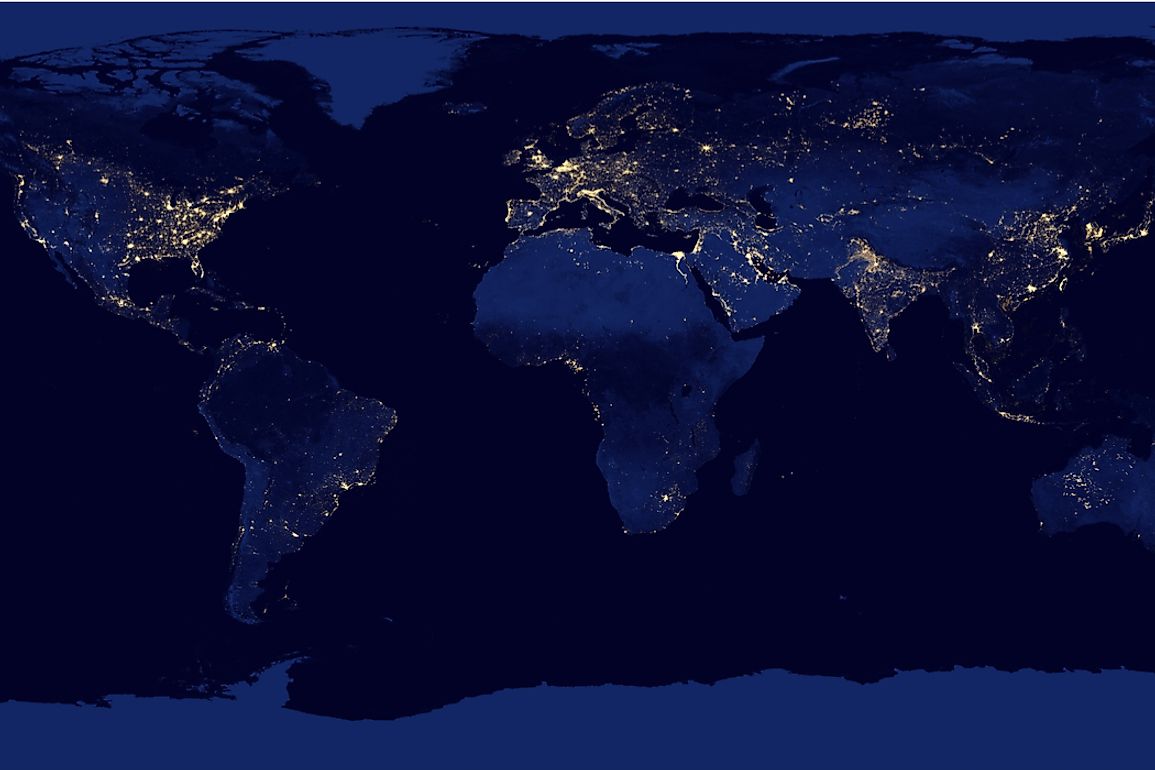What is the Dark-Sky Movement?

Dark-Sky Movement refers to a collection of worldwide efforts and campaigns aimed at the reduction of light pollution. In the 1960s most of the observational astronomy was carried out in peoples' backyards. However with the earliest days of street lighting in the early 1970s, observational astronomy faced disruption from artificial lighting. Amateur astronomers and professionals were forced to move away from cities for them to be able to observe the night skies. With the expanding urbanization, the early astronomers realized that artificial light pollution would not stop and this fact prompted them to come up with campaigns to protect the nocturnal sky.
The Effects of Light Pollution
Light pollution has adverse effects on both human beings and animals. Nocturnal animals are animals that have biologically evolved to survive in an environment with a specific amount of uninterrupted daytime and nighttime hours. Examples of nocturnal animals are bats, turtles, wolves, and songbirds. Over-illumination and disruption of the nightly sky glow therefore adversely affect the biological processes of such animals such as mating, migration, feeding and sleeping patterns. The animal population that is most affected by light pollution is the bird population. For instance, one hundred million birds in North America die annually as a result of the collisions with illuminated objects. According to research done by the American medical association in 2012, light pollution was found to disrupt the normal circadian rhythm of the average American. Disruption of the human circadian rhythm was consequently linked to other health complications such as mood, disorders, diabetes, obesity and breast cancer.
The Dark-Sky Movement
To counter the destructive effects of light, the Dark-Sky Movement encourages the adoption of lighting regulation by communities through the advocacy for the use of well-designed light fixtures which cast little or no light upwards. The benefits associated with various efforts of the Dark-Sky Movement is not only increased the visibility of the stars at night but also conserving the environment and its ecosystems. The Dark-Sky Movement purposes to reduce the effects of light pollution on the environment. The movement also aims to cut down on the use of energy as well as improve the safety and the overall well-being of wildlife and human beings.
Examples of the various efforts in the Dark-Sky Movement include the National Dark Sky Week and the Earth Hour.
Primary contributors to the Dark-Sky Movement are the Dark Sky Preserves. The Dark Sky Preserves are areas with a zero light pollution policy. Dark Sky Preserves are controlled by the National Dark Sky Association and protected by government policies. Such areas are primarily found in national parks. In 2012, a total of 35 Dark Sky Preserves were recognized all over the world, with the highest number, 15, being in Canada.
The International Dark-Sky Association (IDA) is the leading organization in combating light pollution. IDA was set up in 1988. The organization is involved in rating the sky friendliness of third-party lighting systems as well as offering guidelines on outdoor lighting. IDA also advocates for the adoption and promotion of energy saving measures.











